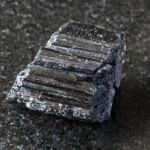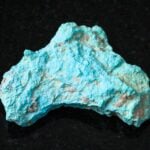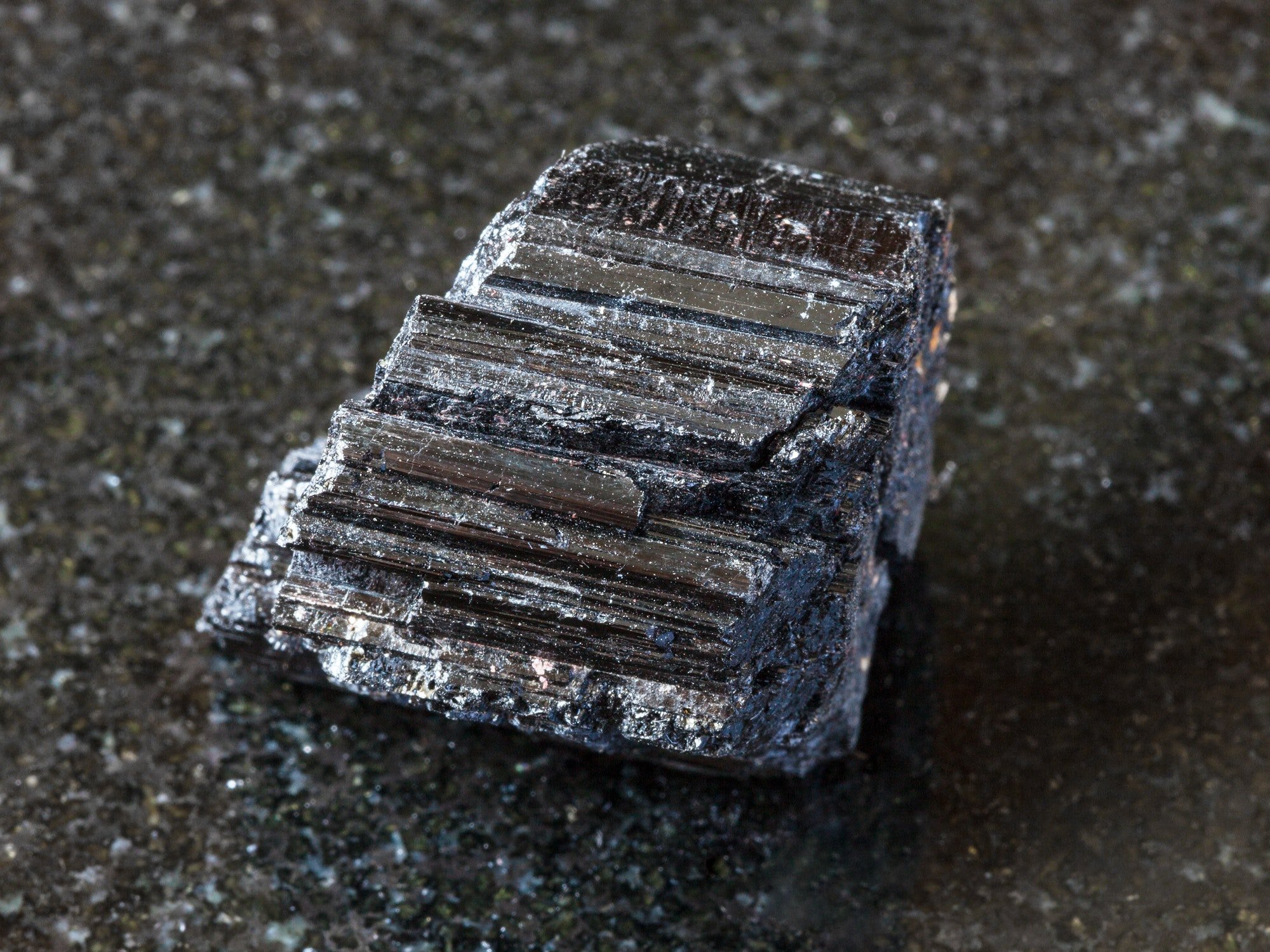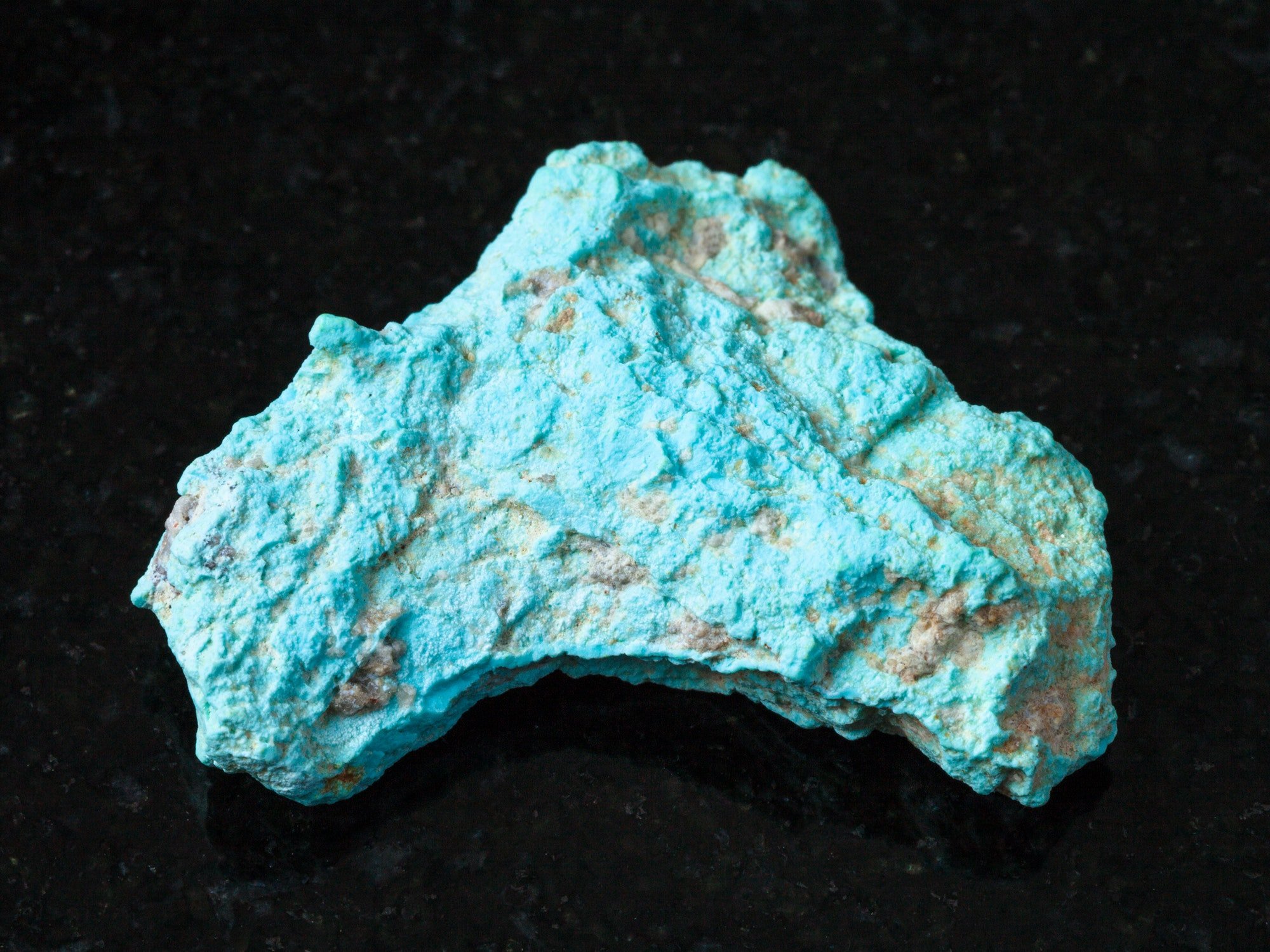Silicon dioxide is a mysterious compound found in everyday items that can have an immense impact on our lives. But why is it important? The answer lies in the unique properties of silicon dioxide and its ability to be harnessed for various uses, both beneficial and potentially dangerous.
From food additives to industrial applications, discover the importance of silicon dioxide and how you can use it safely to improve your daily life! Silicon dioxide has many benefits – but also potential risks associated with its usage – so join us as we explore what makes this mineral so important.
What is Silicon Dioxide?
Silicon dioxide, also known as silica, is a naturally occurring compound composed of two oxygen atoms and one silicon atom. It is the most abundant mineral on Earth’s surface and can be found in many different forms including quartz
Properties of Silicon Dioxide
Silicon dioxide has an extremely high melting point (1713°C) and boiling point (2230°C). It is insoluble in water but soluble in acids. Its hardness makes it ideal for use in abrasives, ceramics, glassware, electronics and more.
In addition to its physical properties, silicon dioxide also has some interesting chemical properties such as being able to absorb certain wavelengths of light energy which makes it useful for optical applications like lenses or mirrors.
Sources of Silicon Dioxide
Silicon dioxide can be found naturally occurring all over the world from deserts to beaches to mountainsides. It can also be produced synthetically through various industrial processes such as flame hydrolysis or vapor deposition techniques used by semiconductor manufacturers. Additionally, it is often added as an additive to food products like baking powder or toothpaste due to its ability to act as a preservative and anti-caking agent respectively.
Uses of Silicon Dioxide
Due to its unique combination of physical and chemical properties, silicon dioxide has many uses across industries ranging from construction materials like bricks and concrete all the way up to space exploration where it is used for insulation on spacecraft.
Other common uses include abrasives such as sandpaper; electronic components such as transistors; glassware including windows; cosmetics; pharmaceuticals; paints & coatings; catalysts & fuel additives; adhesives & sealants; food processing agents etc.
Benefits of Silicon Dioxide
Silicon dioxide has been used for centuries to improve the quality of life and provide many benefits to humans. Here are some of the health, industrial, and environmental benefits that silicon dioxide provides:
Health Benefits of Silicon Dioxide
Silicon dioxide can be beneficial for human health in several ways. It helps with bone formation and maintenance by promoting calcium absorption into bones.
Additionally, it helps reduce inflammation and joint pain associated with arthritis. Furthermore, silicon dioxide may help protect against Alzheimer’s disease by reducing amyloid plaque buildup in the brain.
Finally, it can also help promote healthy skin due to its antioxidant properties which prevent damage from free radicals caused by sun exposure or pollution.
Industrial Benefits of Silicon Dioxide
Silicon dioxide is an important component in many industries such as construction materials production and electronics manufacturing because it improves strength and durability while being relatively inexpensive compared to other materials like steel or aluminum alloys. In addition, silicon dioxide is often used as a filler material for plastics which increases their rigidity without adding much weight or cost making them ideal for automotive parts production where lightness is essential but strength must still be maintained at high levels.
Environmental Benefits of Silicon Dioxide
Silicon dioxide can also have positive effects on the environment when used correctly since it does not produce any hazardous waste products during its use, unlike other minerals such as lead or mercury which require careful disposal procedures after they are mined out from the ground.
Additionally, using silicon-based products instead of petroleum-based ones reduces carbon emissions since they do not need additional energy sources like oil refineries during their manufacturing process, thus helping to fight climate change more effectively than traditional methods alone would allow.
How to Harness the Power of Silicon Dioxide?
Silicon dioxide can be used to improve the health of humans and the environment, as well as for industrial purposes. Let’s explore how to harness the power of silicon dioxide and its various applications.
Food Additives Containing Silicon Dioxide
Silicon dioxide is often added to food products such as baking powder, powdered sugar, salt substitutes, and some spices. It helps keep these foods from clumping together or becoming stale over time.
Additionally, it can help prevent caking in certain types of cheese and other dairy products by absorbing moisture from the air around them.
Silicon Dioxide in Industrial Processes
Silica is an important component in many industrial processes due to its ability to absorb heat quickly without breaking down or releasing toxic fumes into the atmosphere.
For example, it’s used in glass manufacturing because it helps create stronger windows with less breakage when heated up during production; it’s also used in refractory bricks which are essential components of steel-making furnaces since they protect against extreme temperatures; finally, silica is even found in toothpaste because its abrasive properties help remove plaque build-up on teeth surfaces more effectively than other ingredients would do alone.
Silicon Dioxide for Home Use
You can also use silicon dioxide at home. For instance, adding a small amount of silica gel packets inside your shoe boxes will help absorb any excess moisture that could cause mold growth over time.
Similarly, placing some sachets filled with silica near open containers containing liquids like paint thinner or nail polish remover will stop their evaporation process so they last longer.
Finally, if you have wooden furniture pieces that tend to warp easily due to humidity changes then sprinkling some powdered silicon dioxide on them before storing them away should do wonders at keeping them looking good.
Potential Risks Associated with Using Silicon Dioxide
Silicon Dioxide is an important component of glass, ceramics, and concrete. It has been used for centuries to improve the strength and durability of materials like bricks and mortar. However, it can also be dangerous if not used properly or in excess amounts.
Health Risks Associated with Using Too Much Silicon Dioxide
Inhaling large amounts of silicon dioxide dust can cause respiratory problems such as coughing, wheezing, shortness of breath, and chest tightness.
Long-term exposure to high levels may lead to lung cancer or other diseases caused by inhaling particles that are too small for the body to filter out effectively. Additionally, ingesting too much silicon dioxide can lead to digestive issues such as nausea and vomiting due to its abrasive nature when ingested in large quantities.
FAQs in Relation to What is Silicon Dioxide and Why is it Important?
Why do they put silicon dioxide in food?
Silicon dioxide has been used for centuries to improve the texture and shelf life of food products. Silica helps absorb moisture, prevents caking and clumping of ingredients, and improves the flowability of powders like sugar or flour. Additionally, it can act as an anti-caking agent that keeps dry ingredients from sticking together when stored for long periods of time. As such, silicon dioxide is often added to processed foods to help maintain their quality over time.
Is it OK to consume silicon dioxide?
Silicon dioxide is a compound found in many foods and beverages, but consuming large amounts of it can be dangerous. It has been linked to gastrointestinal issues such as nausea, vomiting, and diarrhea. Additionally, long-term exposure may lead to kidney stones or other serious health problems. Therefore, it is best to avoid consuming silicon dioxide in any form for the sake of your health and safety.
Does silicon dioxide have health benefits?
Yes, silicon dioxide has health benefits. It is a mineral found in many foods and supplements and can be beneficial for bones, teeth, skin, hair, and nails. Silicon dioxide helps to strengthen the connective tissues that hold cells together.
Additionally, it may help improve blood circulation and reduce inflammation throughout the body. Research also suggests that silicon dioxide may have antioxidant properties which could help protect against cell damage caused by free radicals.
What foods contain silicon dioxide?
It can be found in whole grains, fruits and vegetables, nuts and seeds, legumes, dairy products, fish and seafood, herbs, and spices. Additionally, it is added to some processed foods as an anti-caking agent or thickener. Silicon dioxide helps the body absorb calcium for strong bones and teeth. It also aids digestion by helping break down proteins into amino acids.
Conclusion
Silicon dioxide, commonly known as silica or quartz, is a naturally occurring compound found in many materials.
It has numerous applications across multiple industries and can be used to create innovative solutions that enhance our daily lives.
From consumer electronics to medical technology and energy production, silicon dioxide plays an important role in creating efficient products with improved performance.
We must continue to research ways of utilizing this powerful resource for sustainable development and growth. By harnessing the power of silicon dioxide crystals we can revolutionize how we use resources while improving the quality of life around us!








